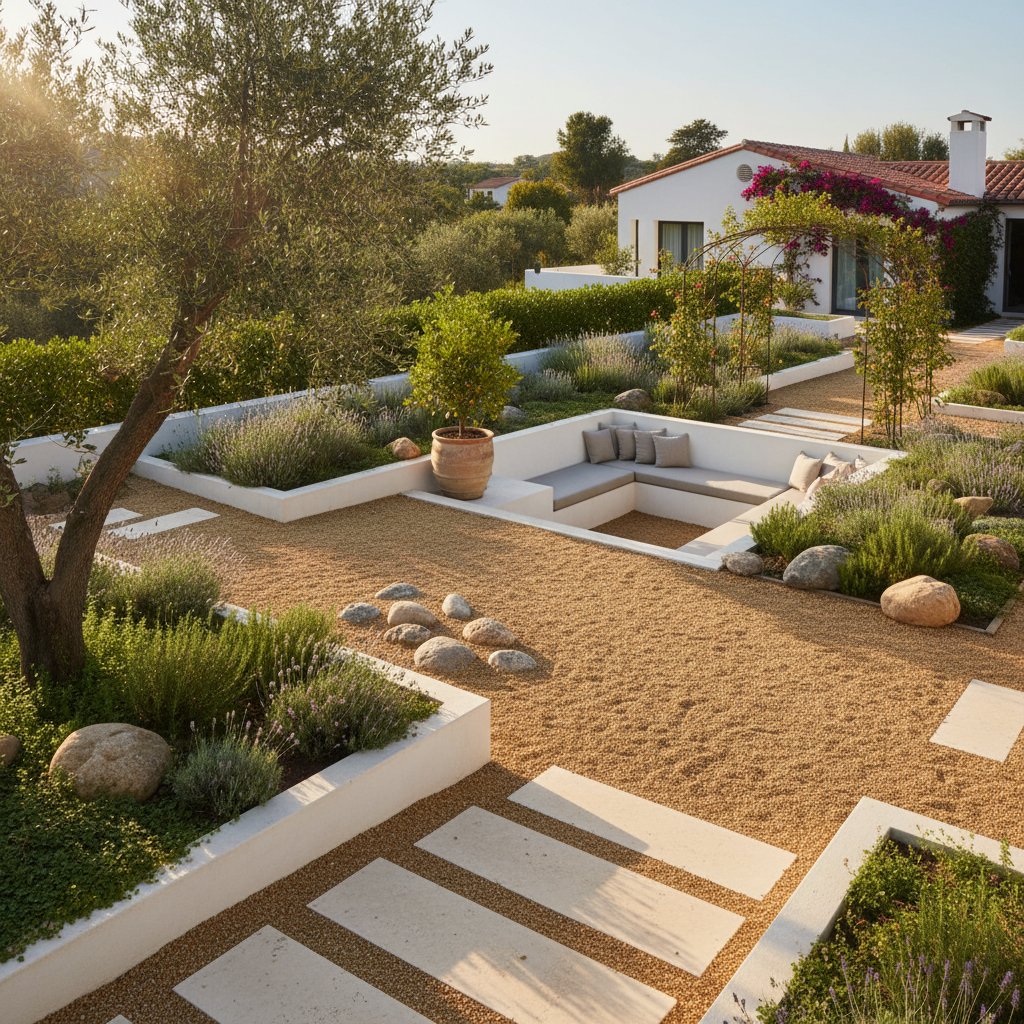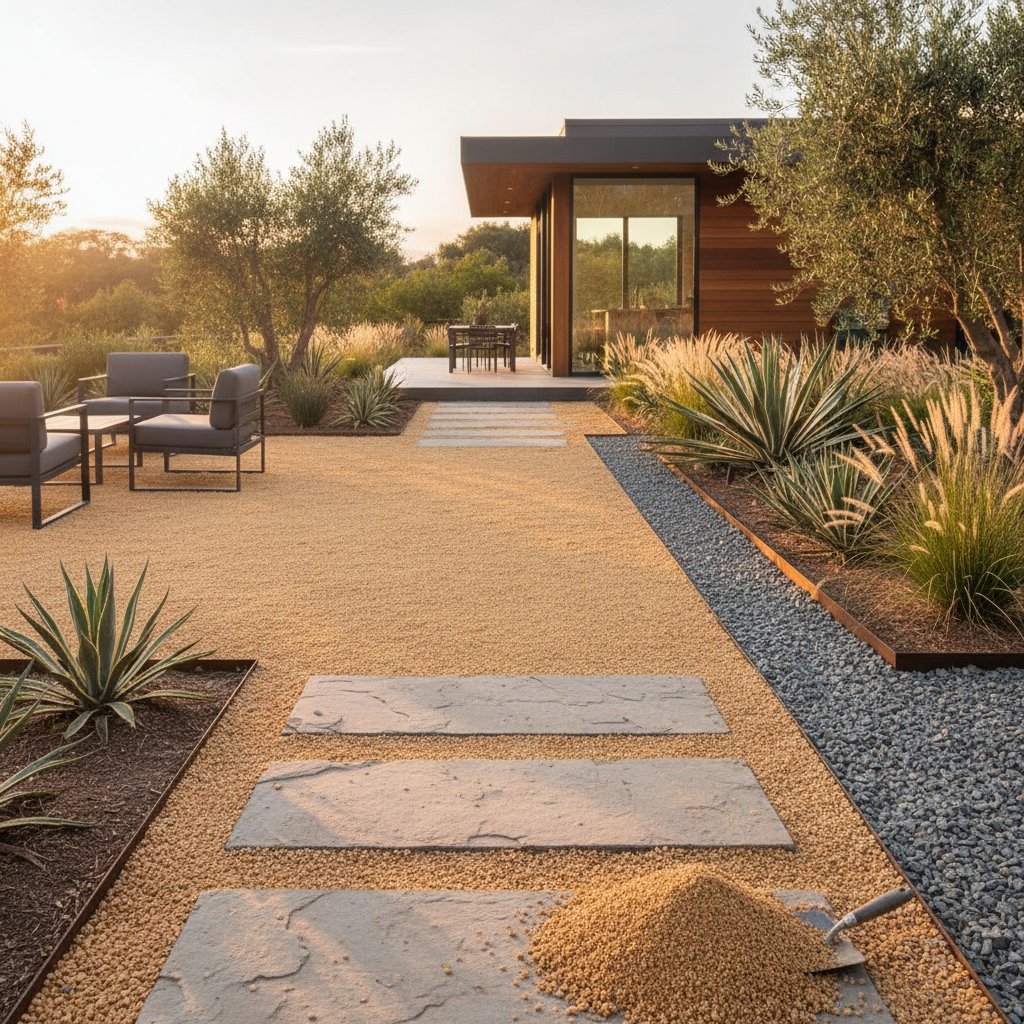Why 2025 Calls for Living Walls and Green Roofs
Homeowners increasingly recognize the untapped potential in vertical and overhead spaces. Walls that once stood bare and roofs that merely sheltered now offer opportunities to integrate nature directly into daily life. These installations foster ecosystems that enhance both the environment and personal well-being.
Living walls and green roofs represent sustainable innovations that align with contemporary design trends. They convert underutilized areas into productive landscapes, supporting plant diversity and ecological balance. In urban and suburban settings alike, such features demonstrate how architecture and nature can coexist harmoniously.
Assessing Spaces for Vertical and Horizontal Greenery
Examine your property to identify suitable locations for these systems. A south-facing wall receives ample sunlight for sun-loving plants, while a shaded rooftop suits moisture-tolerant species. Structural integrity plays a crucial role; consult an engineer for roofs to confirm load-bearing capacity.
Living walls utilize modular panels or pockets filled with growing medium, allowing plants to cascade or climb. Green roofs layer vegetation over waterproof membranes, with drainage systems to prevent water accumulation. Both approaches require consideration of local climate, soil type, and maintenance access.
Integrating Living Walls into Residential Design
Vertical gardens elevate greenery to accessible heights, ideal for patios, balconies, or interior spaces. They mitigate urban heat by providing shade and evaporative cooling, potentially lowering ambient temperatures by several degrees. Select drought-resistant varieties like sedums or pothos for low-water setups.
Installation begins with securing a framework to the wall surface. Opt for hydroponic systems if soil weight concerns arise, as they use nutrient-rich water instead of heavy potting mix. Native ferns and vines adapt well to temperate zones, attracting butterflies and reducing reliance on chemical pesticides.
Steps to install a living wall:
- Evaluate sunlight exposure and select plants accordingly, such as lavender for full sun or hostas for partial shade.
- Install mounting brackets or a trellis system rated for outdoor use.
- Incorporate automated irrigation with timers to deliver consistent moisture.
- Plant in clusters to promote biodiversity and visual interest.
These walls not only beautify but also serve functional purposes, such as privacy screening or acoustic dampening in noisy environments.
Developing Green Roofs for Enhanced Functionality
Rooftops represent prime real estate for expansive greenery, transforming them into accessible terraces or wildlife habitats. Extensive green roofs, with shallow soil depths of four to six inches, support sedges, wildflowers, and mosses that thrive with minimal intervention. Intensive versions, exceeding twelve inches of soil, accommodate perennials and dwarf fruit trees.
Professional assessment ensures compatibility with existing roofing materials. Add root barriers and insulation layers to protect the structure while improving energy efficiency. In regions with heavy snowfall, choose cold-hardy plants like alpine asters to withstand winter conditions.
Steps to establish a green roof:
- Hire a structural engineer to verify roof load limits, typically 15-25 pounds per square foot for extensive systems.
- Apply a protective membrane followed by a drainage mat and lightweight soil blend.
- Source regionally adapted seeds or plugs to minimize watering needs post-establishment.
- Install safety railings if the roof serves as an outdoor lounge area.
Over time, these roofs sequester carbon and mitigate stormwater runoff, contributing to municipal flood prevention efforts.
Environmental and Health Advantages
Greenery on walls and roofs purifies air by trapping particulate matter and releasing oxygen through photosynthesis. Studies indicate that proximity to such features reduces stress hormones, promoting relaxation and focus. In dense neighborhoods, they create microclimates that benefit surrounding flora and fauna.
Pollinators find nectar sources in blooming vertical gardens, while green roofs offer nesting sites for birds. This connectivity supports broader biodiversity, countering habitat loss from development. Homeowners report heightened satisfaction from observing seasonal changes up close.
Advancing Home Sustainability Practices
These systems reduce heating and cooling costs by insulating buildings, with green roofs reflecting up to 70 percent less solar radiation than traditional surfaces. Rainwater harvesting integrates seamlessly, as vegetation absorbs precipitation and releases it gradually. Pair with permeable paving to create a comprehensive water management strategy.
Soil from green roofs enriches compost piles, closing the nutrient loop on-site. Vertical walls near vegetable plots can host companion plants that deter pests naturally. Such integrations lower overall environmental impact while fostering self-reliance.
Practical Implementation and Ongoing Care
Start small to build confidence; a single 4-by-8-foot panel introduces the concept without overwhelming resources. Source materials from local nurseries to ensure plant viability. Budget for initial costs, which range from $50 to $200 per square foot depending on complexity.
Maintenance involves monthly inspections for pests, quarterly fertilizing with organic amendments, and annual soil refreshment. Prune overgrown sections to maintain aesthetics and airflow. Document progress through photos to track growth patterns and refine future expansions.
Sustaining Ecosystems for Lasting Impact
Investing in living walls and green roofs cultivates enduring connections to the natural world. These features evolve with your property, adapting to changing needs and climates. The result is a resilient home environment that nurtures both people and planet.



